The leg press is a gym staple, so popular you need to book a table to get on it. Loved by beginners and seasoned gym goers alike, it’s a great tool for building lower body strength.
The leg press "is a compound lower body exercise that hits your quads, glutes, hamstrings, calves and more". It strengthens the movement patterns of knee and hip extension, so it’s a must have for leg day.
But with two types of leg press machines and multiple ways to use them, you may not be getting the most out of this equipment. Here’s what you need to know to get the most out of your leg press sessions.
Types of Leg Press Machines
Most gyms have two main types of leg press machines: the incline leg press and the horizontal cable leg press.
Incline Leg Press
The incline leg press machine requires you to sit in a reclined seat, press your feet against a raised platform. Weight plates can be added to the platform to increase resistance, making it more challenging as you push the platform up.
The incline leg press allows you to lift more weight, so it’s great for experienced exercisers. But it puts more strain on your spine as your body is under the weight, so you need to use it correctly to avoid injury.
Horizontal Cable Leg Press
On the horizontal leg press your feet are against a platform at the same height as your torso. This machine uses a cable pulley system so you can adjust the weight easier without having to load plates.
This version is less functional than the incline leg press (you’re working against cable resistance not gravity) but less intimidating for beginners. It’s also quicker to adjust weight on the fly but overall weight options may be limited.
How to use the Leg Press Machine
Before you start, choose a weight you can lift for the number of reps you want to do. Start light and increase the weight as needed. Sit back with your head and back flat against the seat and place your feet shoulder width apart on the platform. Your toes should be in line with your heels in a neutral position.
Engage your core, keep your back against the seat and press through your feet (make sure even pressure on both heels and toes) to push the platform away. Extend your knees fully but don’t lock them. Pause for a brief moment at full extension then slowly lower the platform back to the starting position with control. Keep your feet planted throughout the movement to avoid strain.
Benefits of the Leg Press Machine
It’s a controlled movement so it’s safer for beginners and those who find free weights intimidating. Plus it doesn’t require a spotter so it’s a great solo workout. Always use the safety bars on the incline leg press to prevent the weight from falling on you.
The leg press is also good for those with back or shoulder injuries since it isolates the lower body. For single leg strength you can do reps with one leg without worrying about balance.
Cons of the Leg Press Machine
The leg press builds leg strength but doesn’t mimic real life movements as well as squats and lunges do. The incline press (which is working against gravity) is slightly more functional than the horizontal version but neither of them replicate daily movement patterns like pushing a heavy load with your feet while sitting down.
And squats and lunges engage your core more than the leg press which is important for overall body strength and stability.
Leg Press Mistakes
When using the leg press avoid these common mistakes that can hinder your results or injury:
- Lifting your butt off the seat: This can put more stress on your knees. Keep your glutes seated.
- Using your hands to assist: Pushing on your thighs may help you lift more weight but reduces the effectiveness of the exercise.
- Locking your knees: Don’t lock your knees at the top of the movement, this will put unnecessary strain on your joints.
- Arching your back: Always keep your back flat against the seat to avoid straining your lower back.
Leg Press Variations
Foot placement can change which muscles the leg press works. A shoulder width stance works your glutes and legs evenly, a wider sumo stance works your inner thighs and quads, a narrower stance works your outer quads. Foot height on the platform matters too: higher feet works the hamstrings and glutes, lower feet works the quads.
Alternatives
To get the strength building effects of the leg press without the machine do squats, lunges and calf raises. These exercises not only work your legs but also engage your core and improve balance and stability so they’re more functional for daily activities like climbing stairs.
Include the leg press in your leg routine but make sure to include other exercises that target core and stability to maximize your lower body strength and overall fitness.

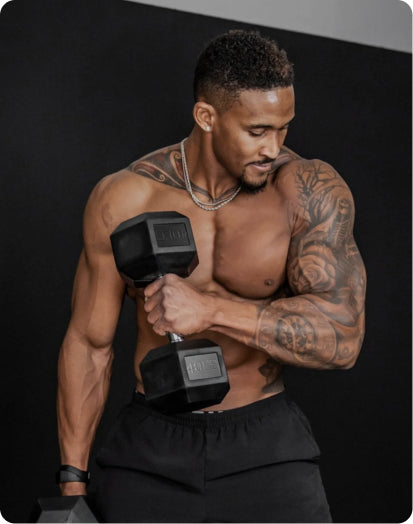
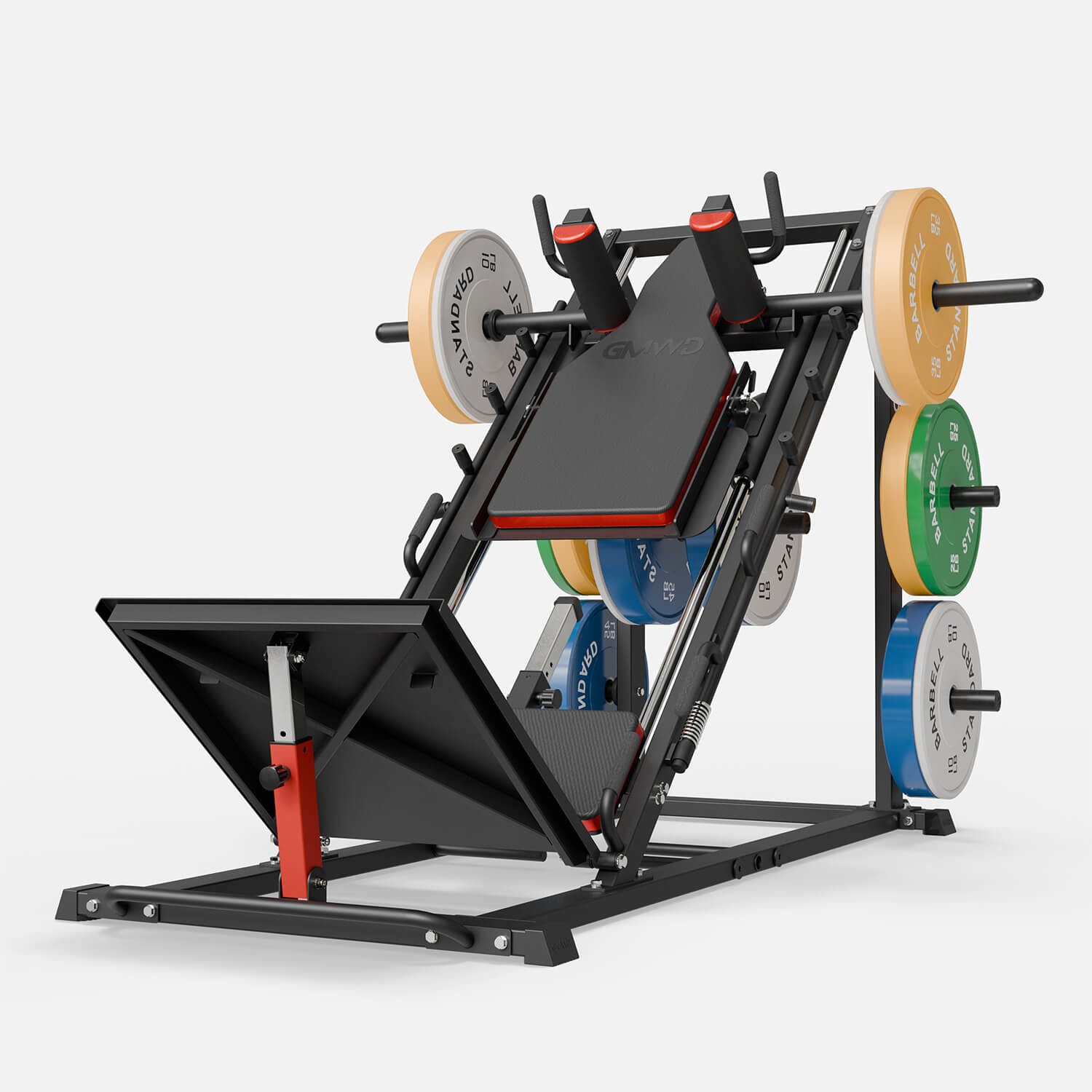
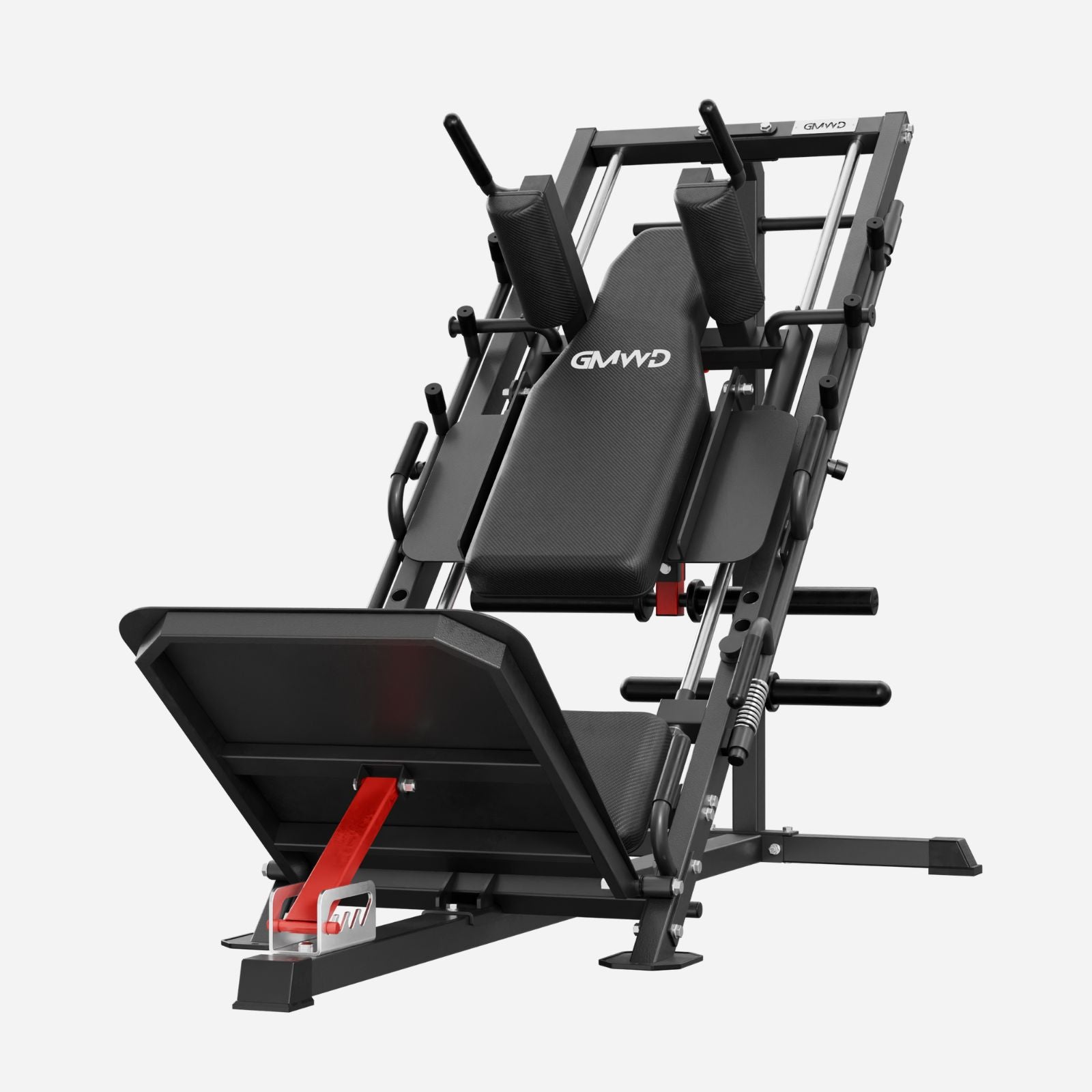

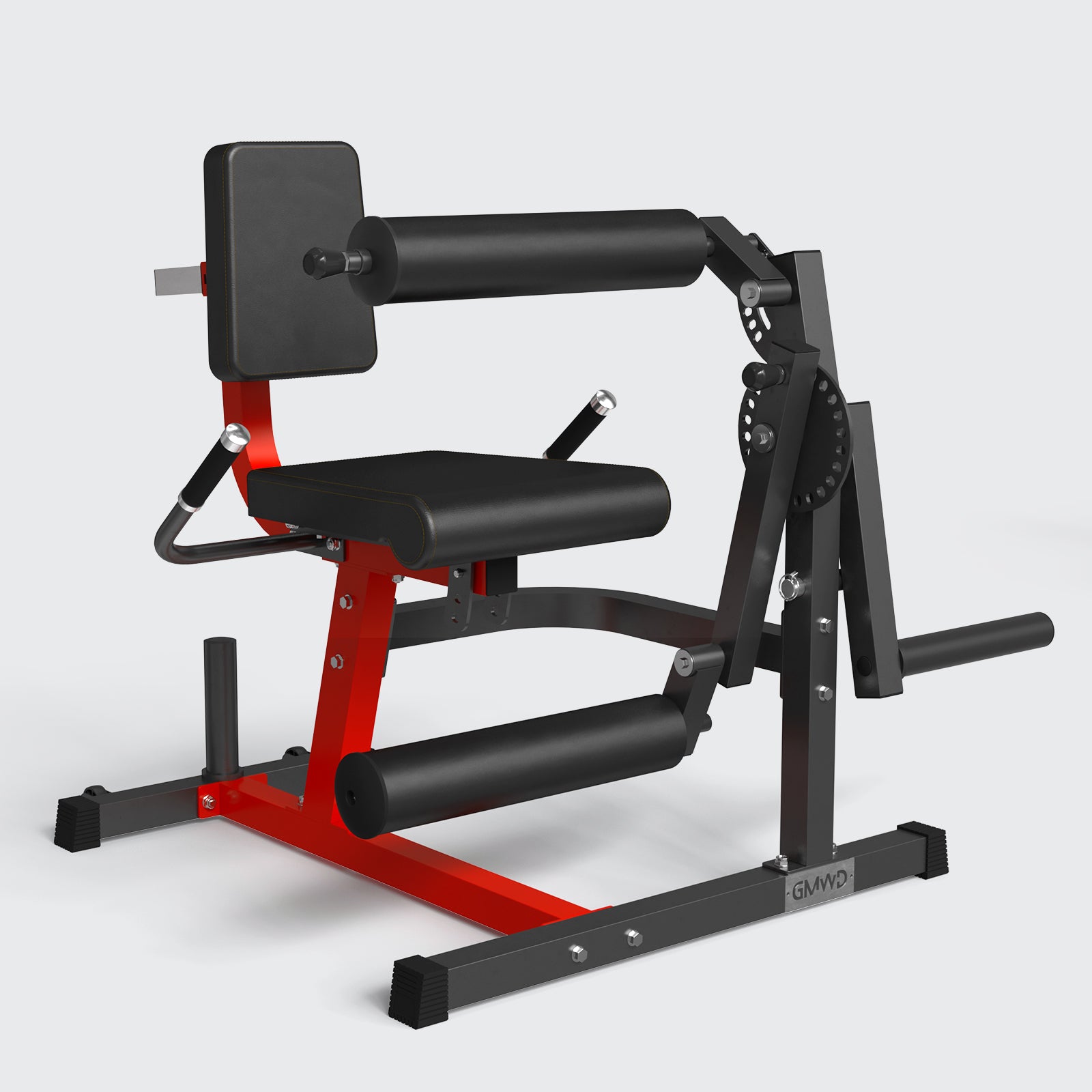
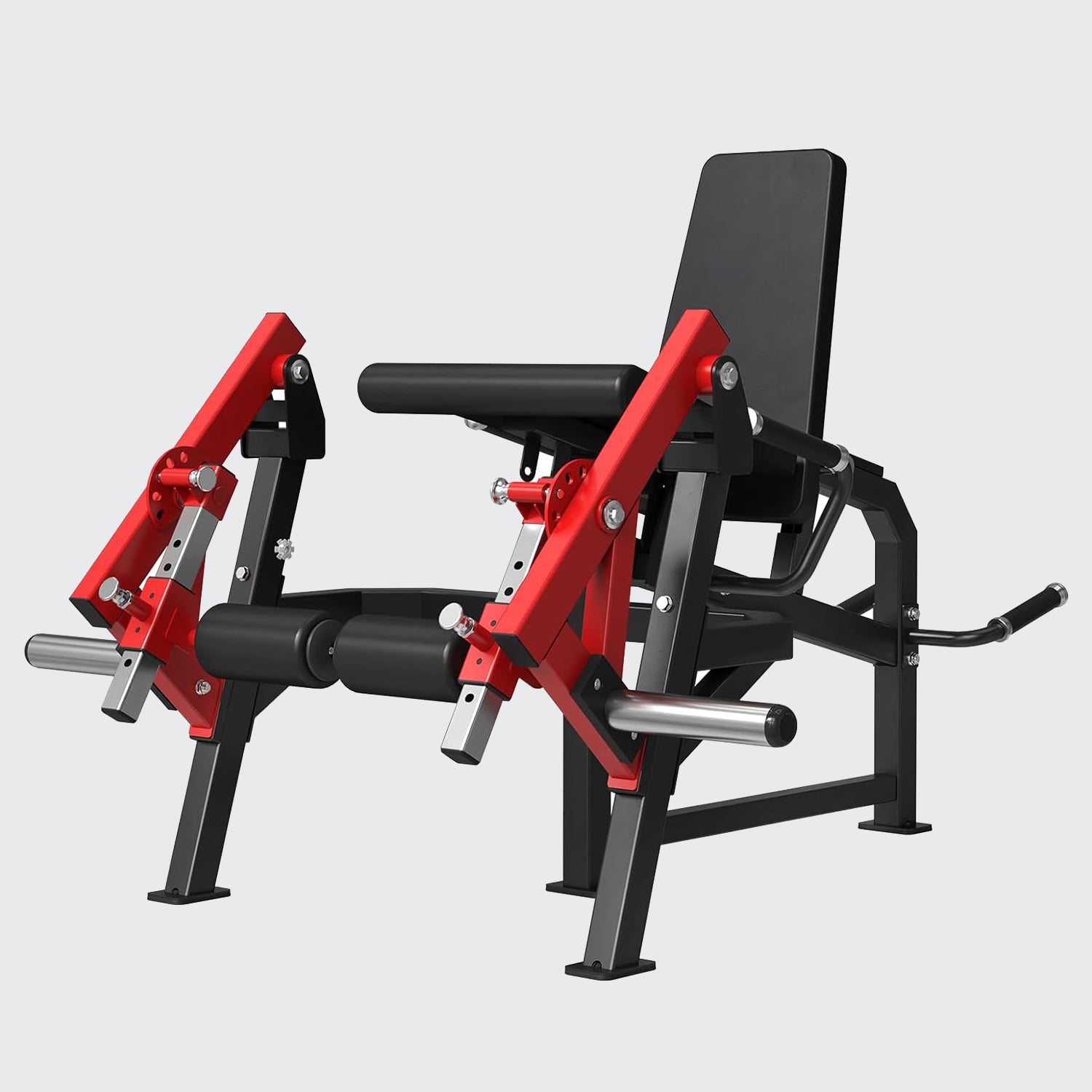
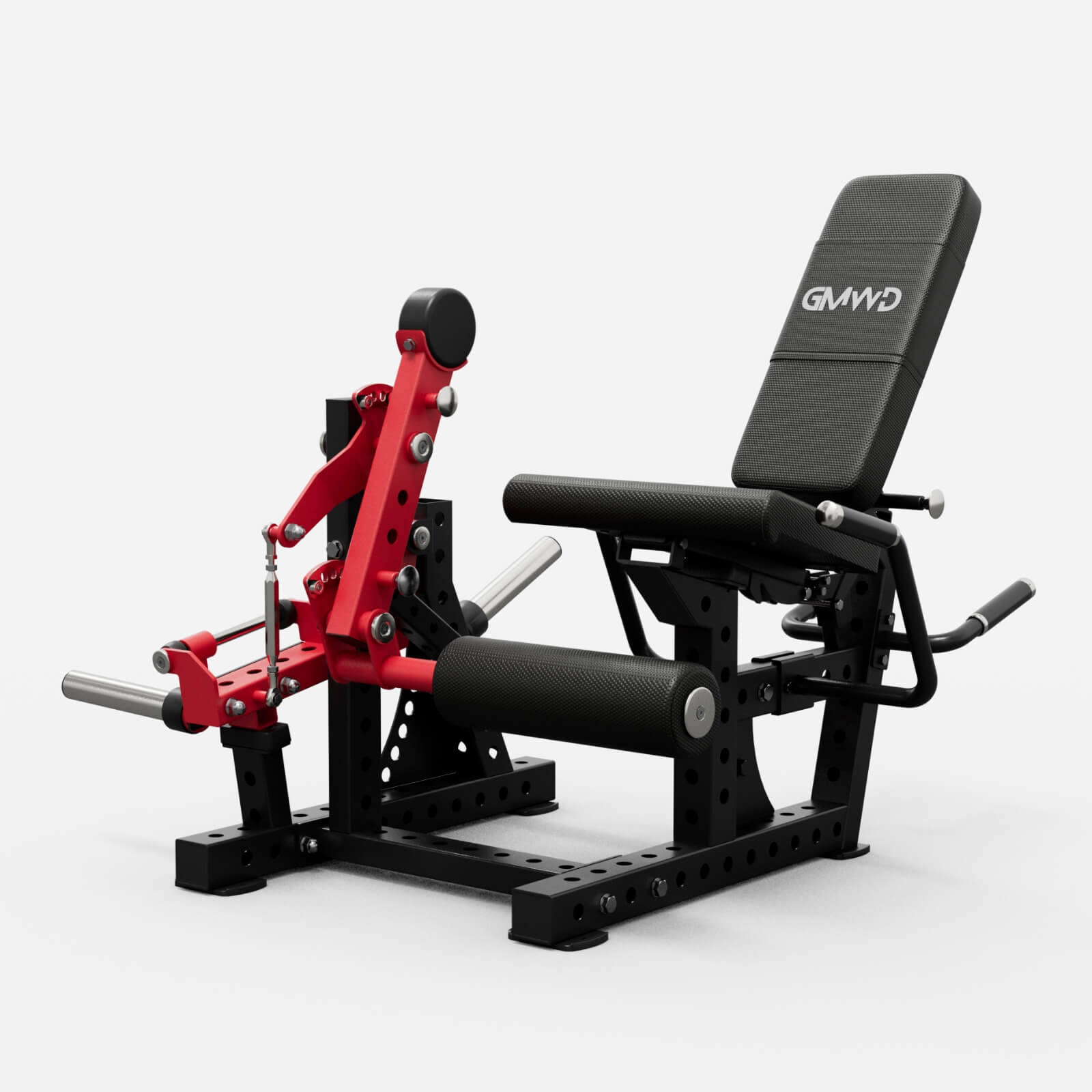
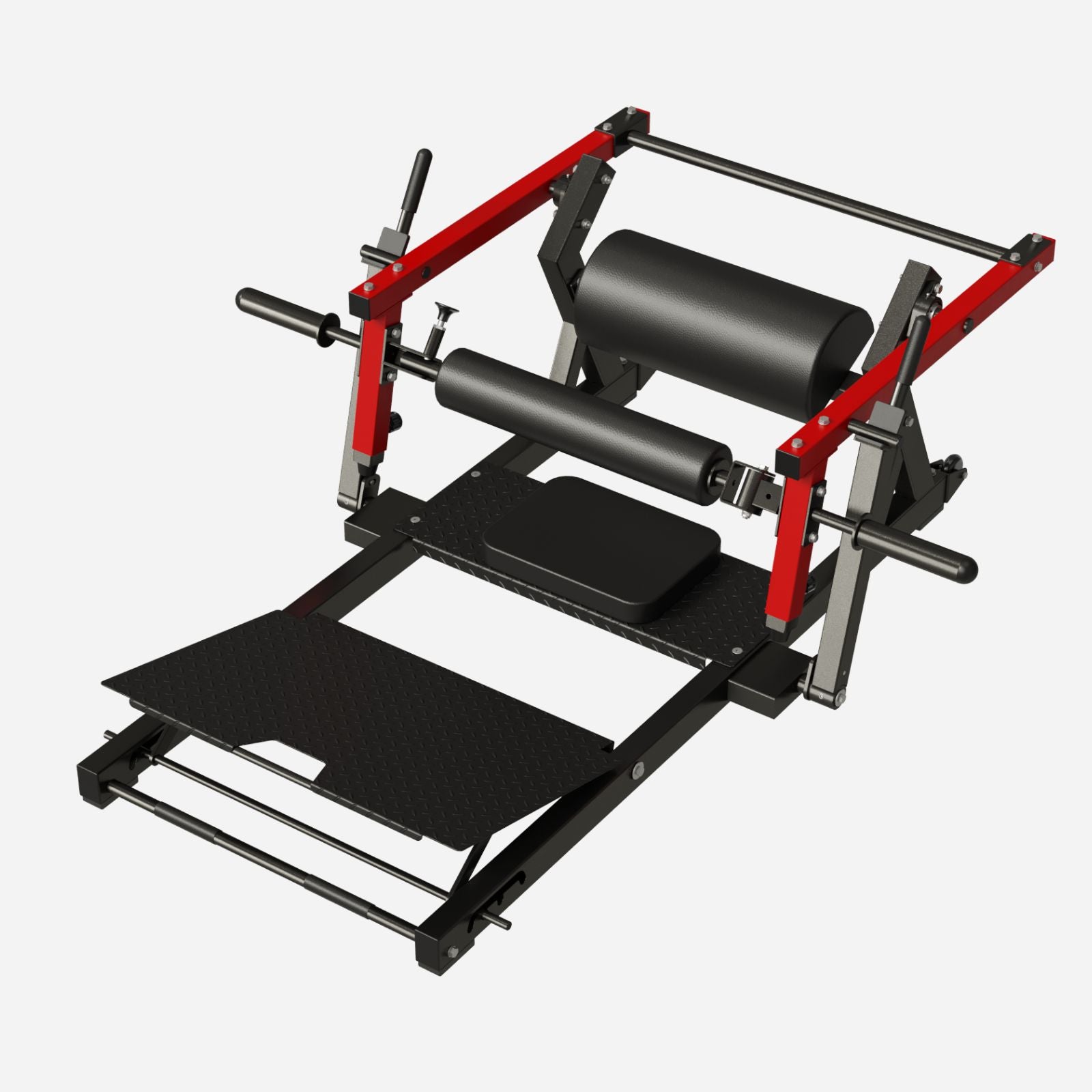

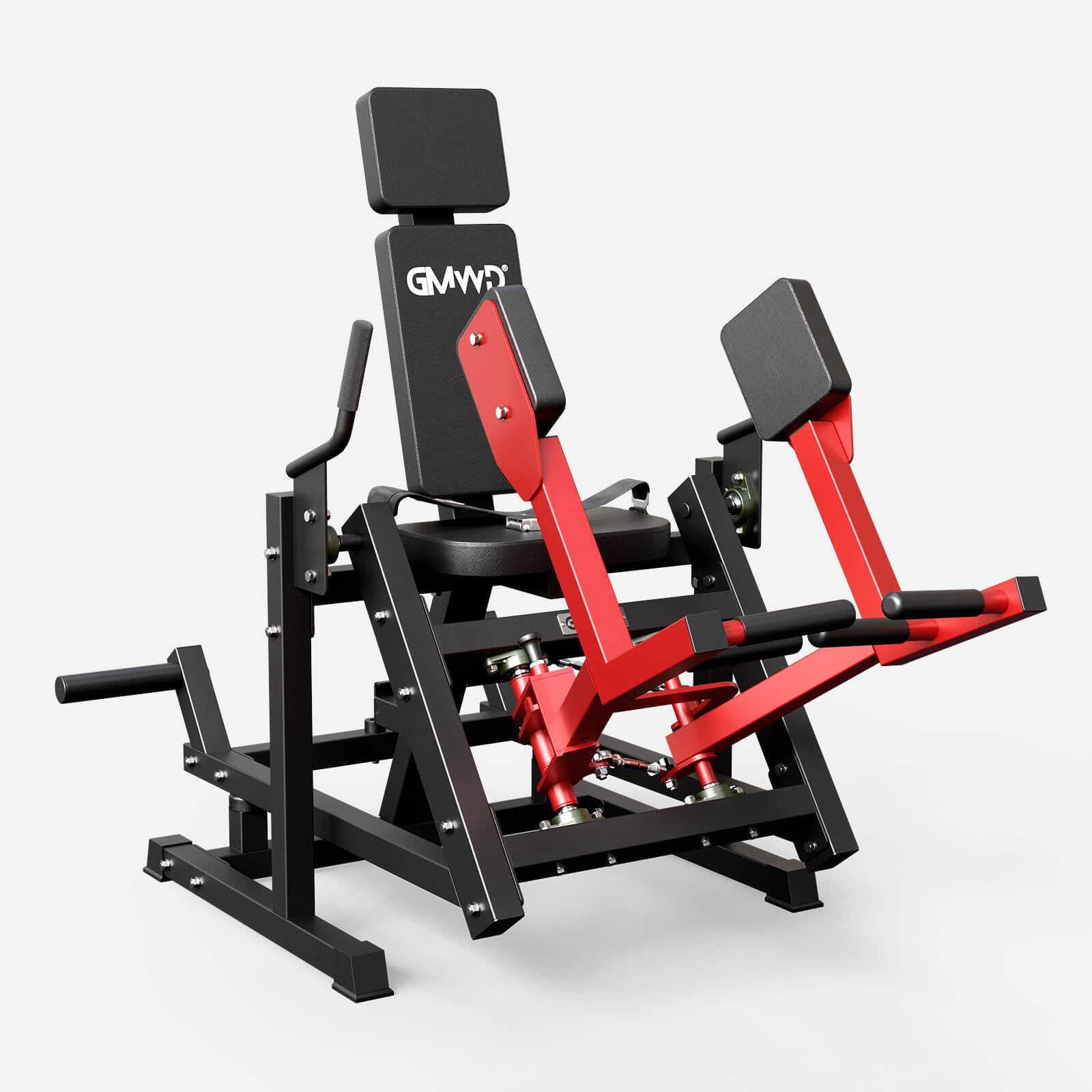
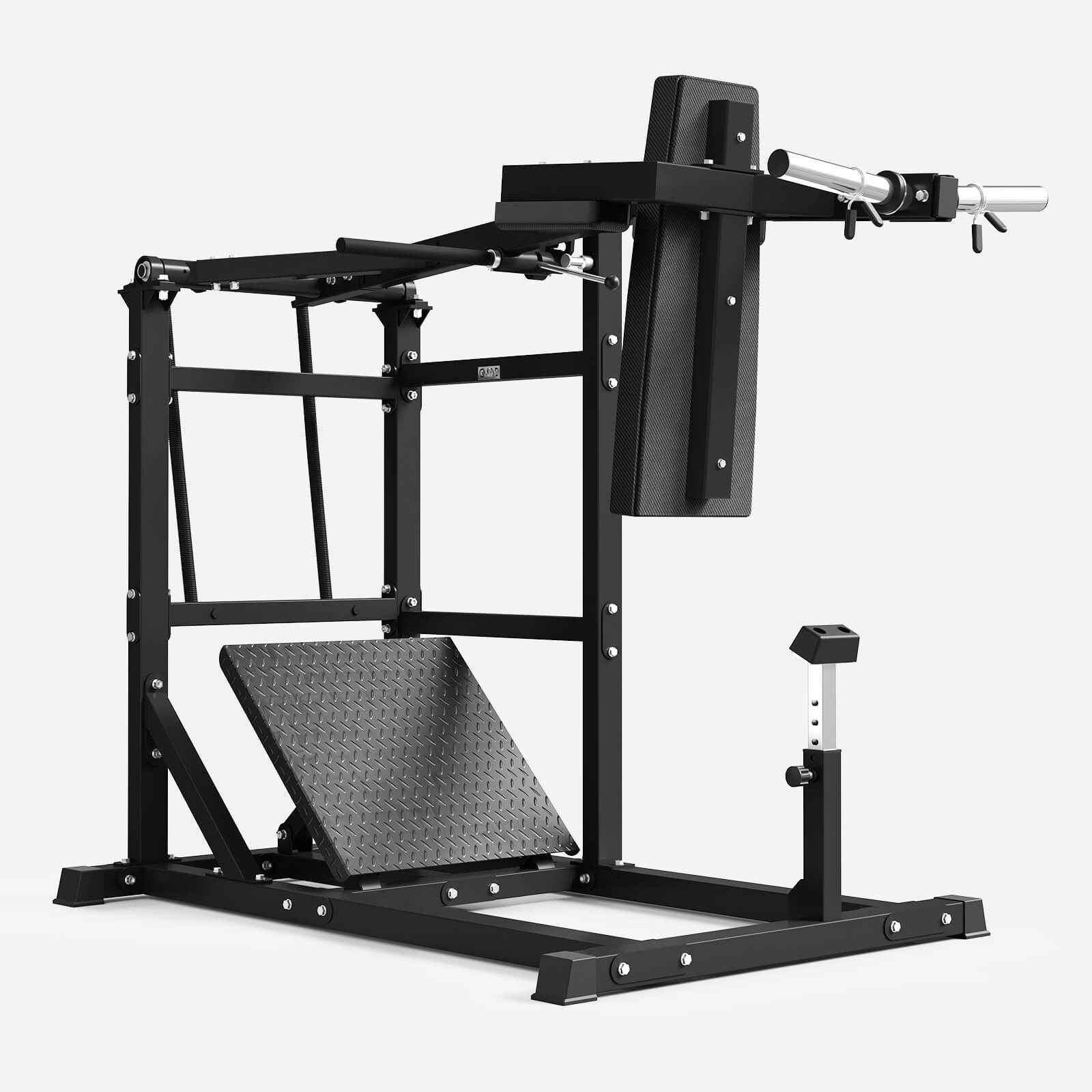
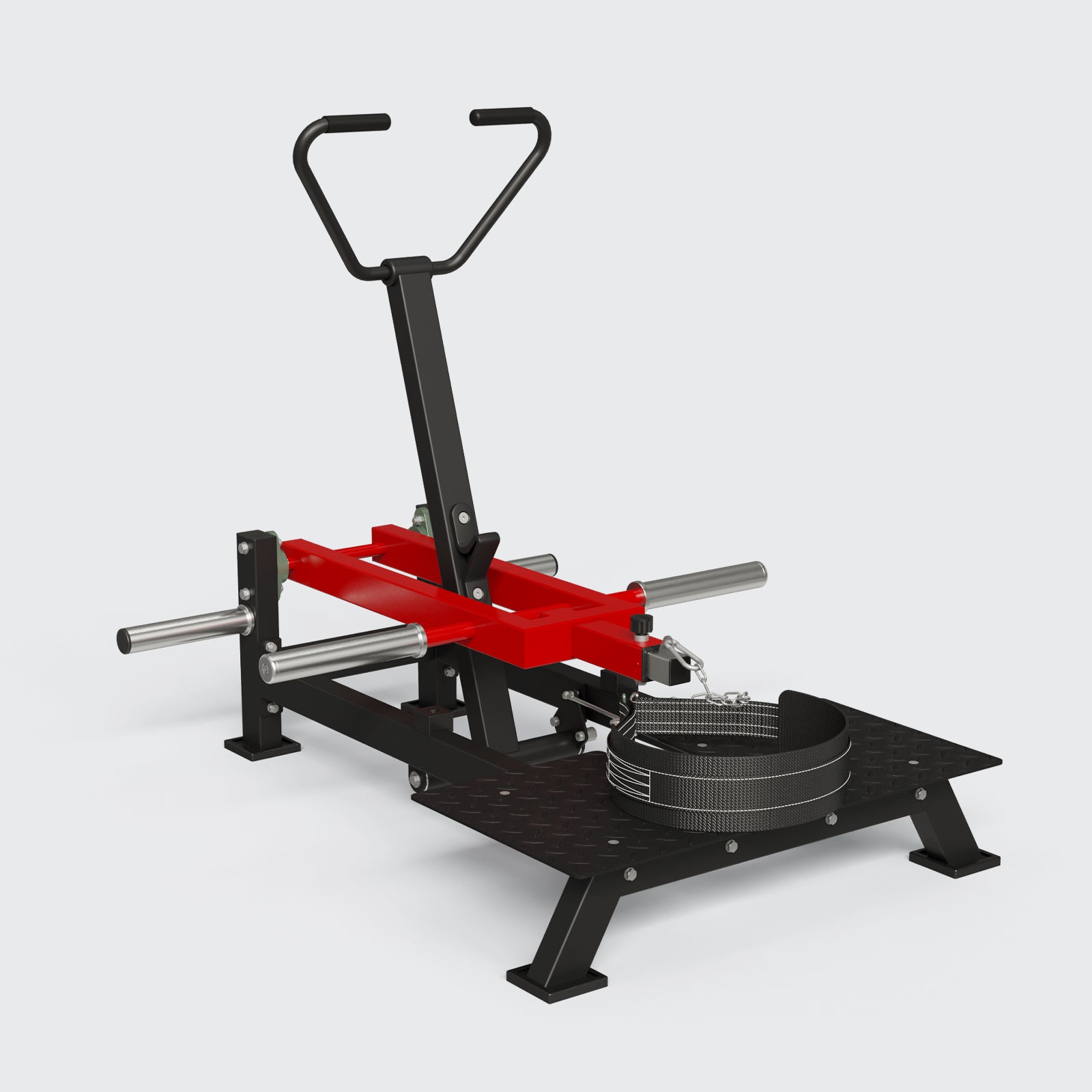
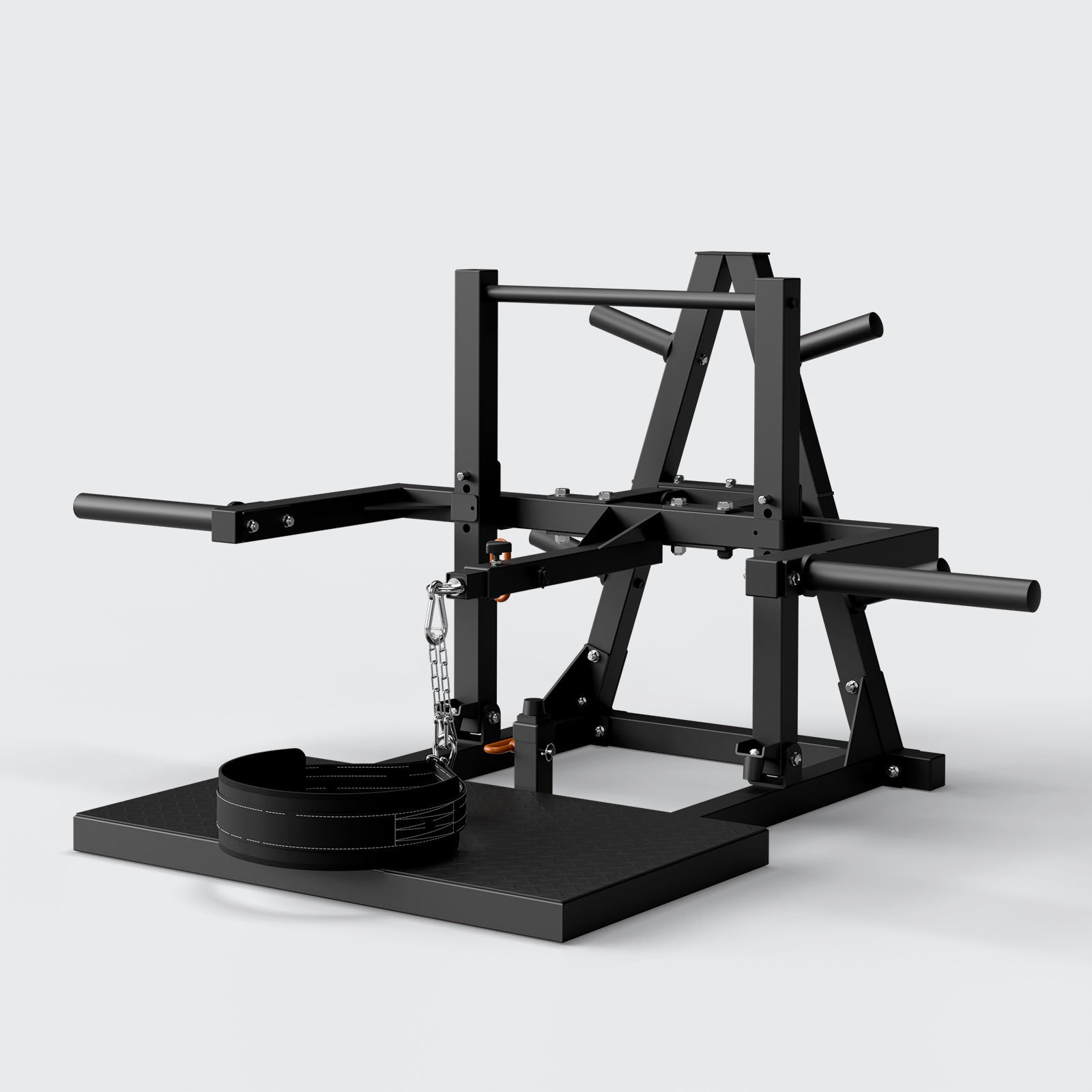

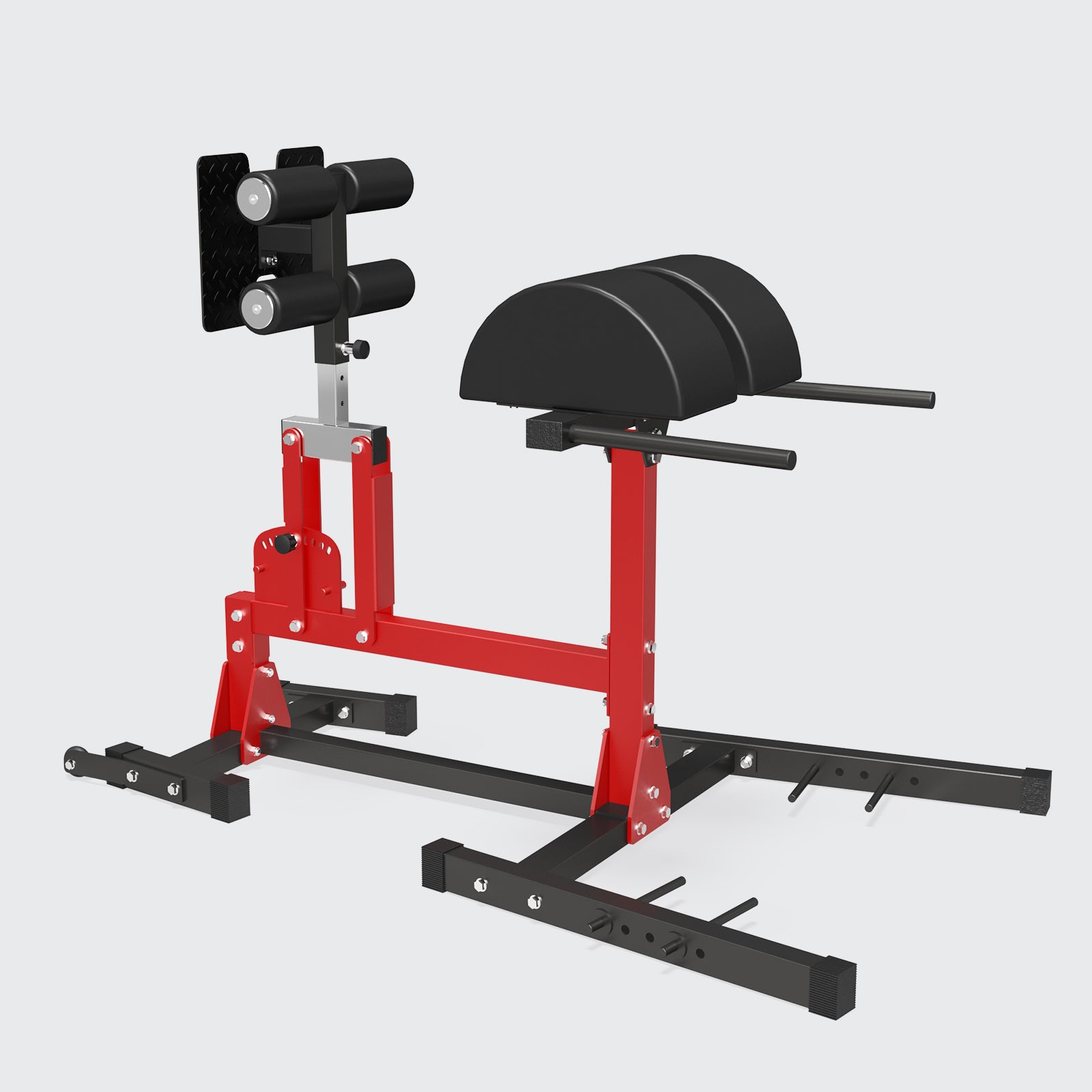
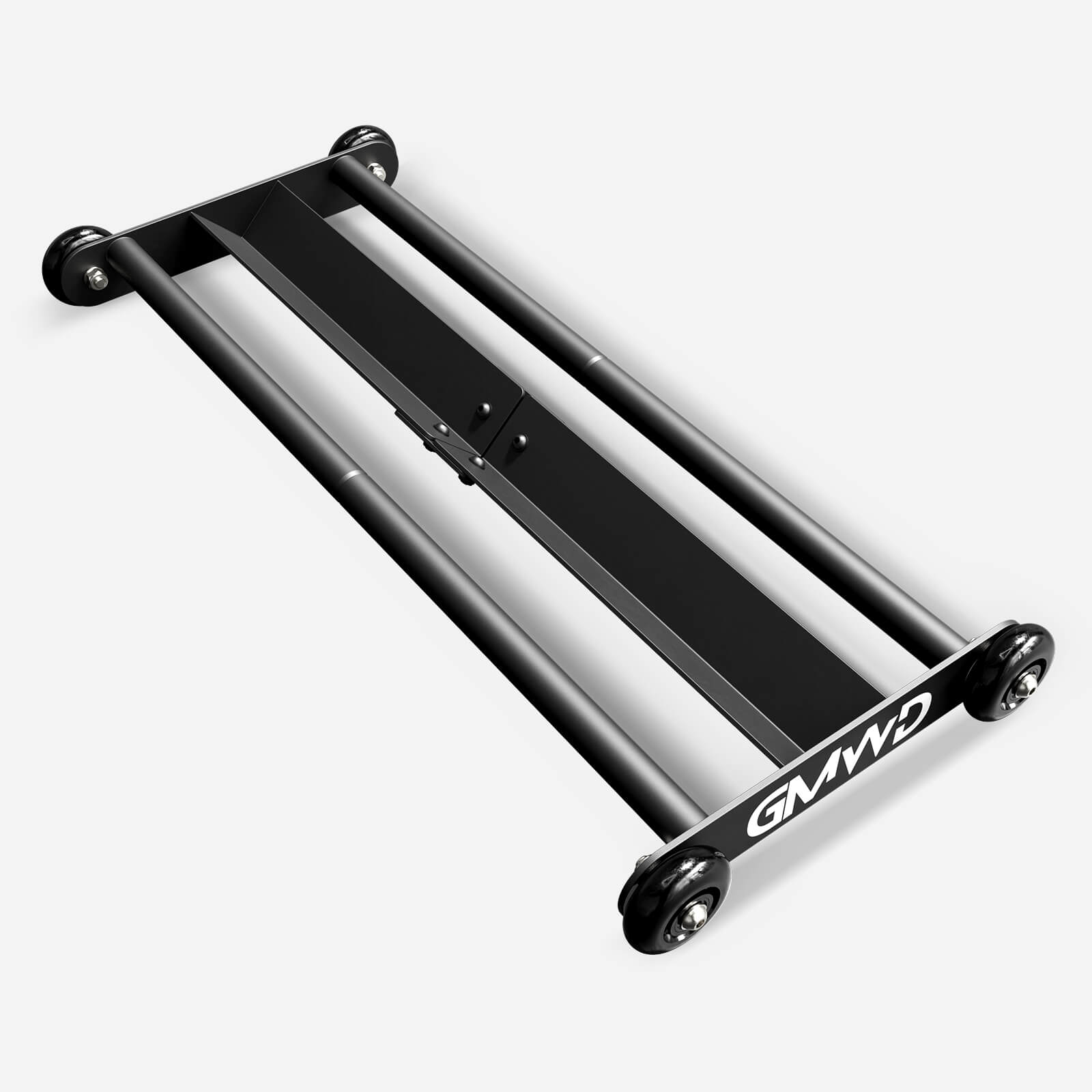
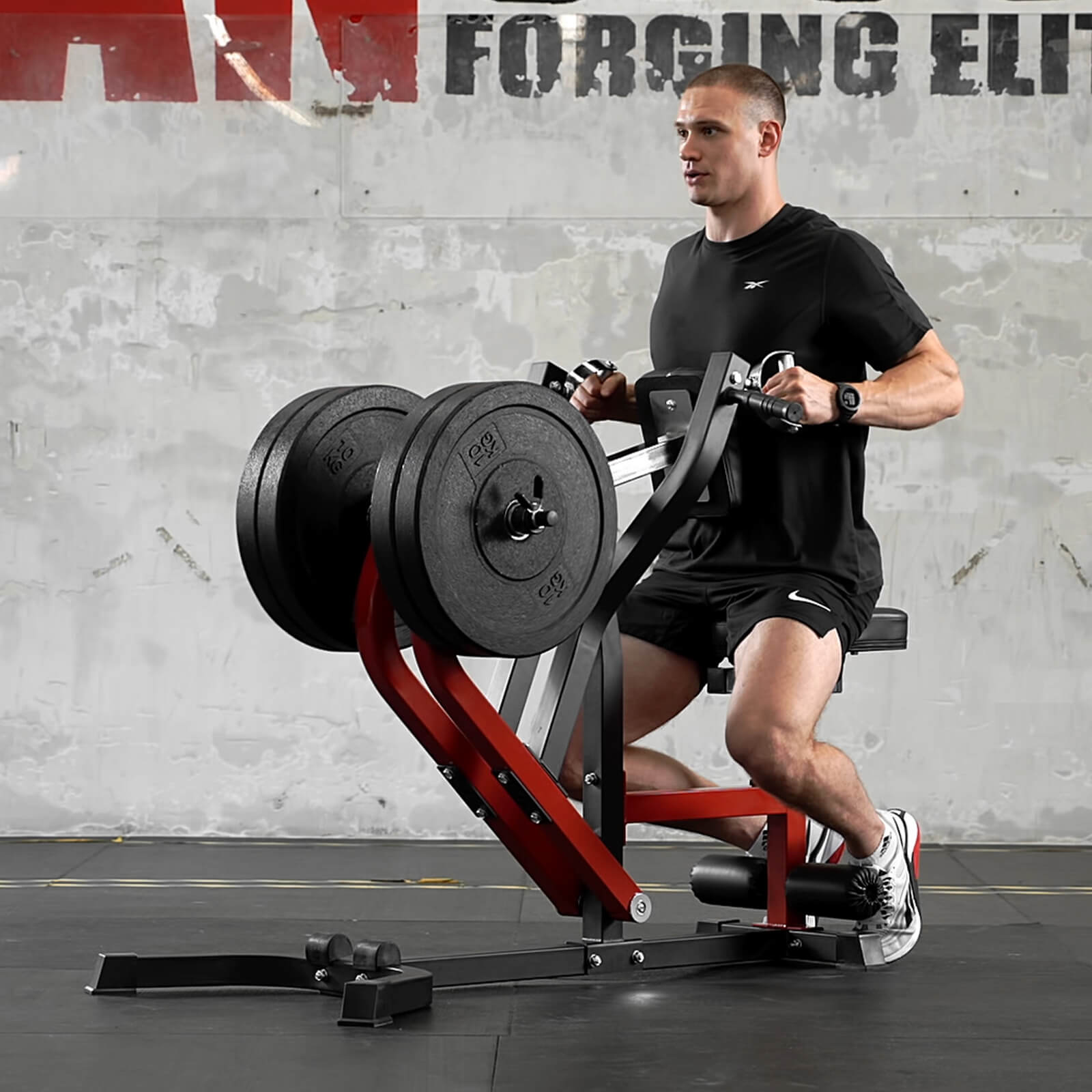
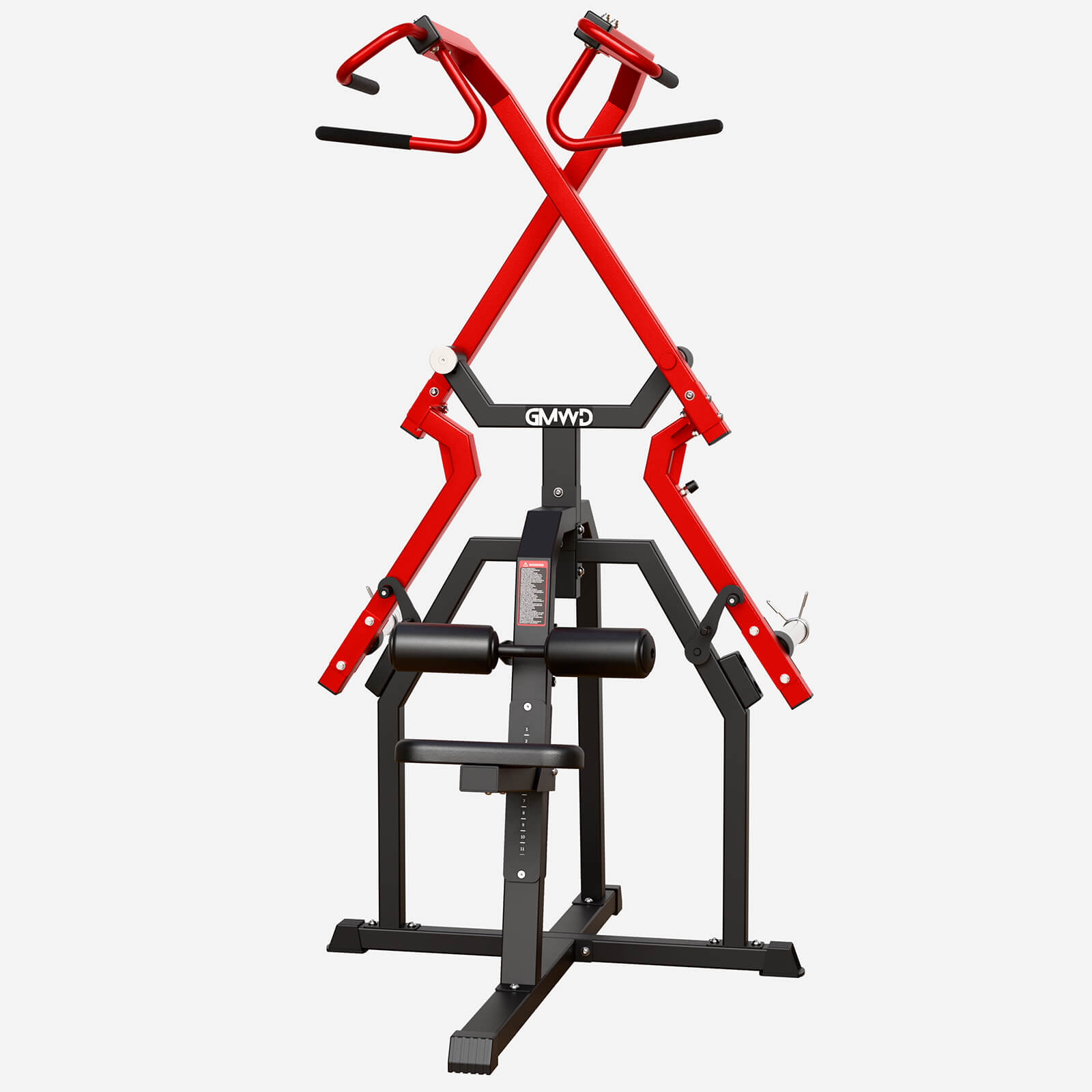
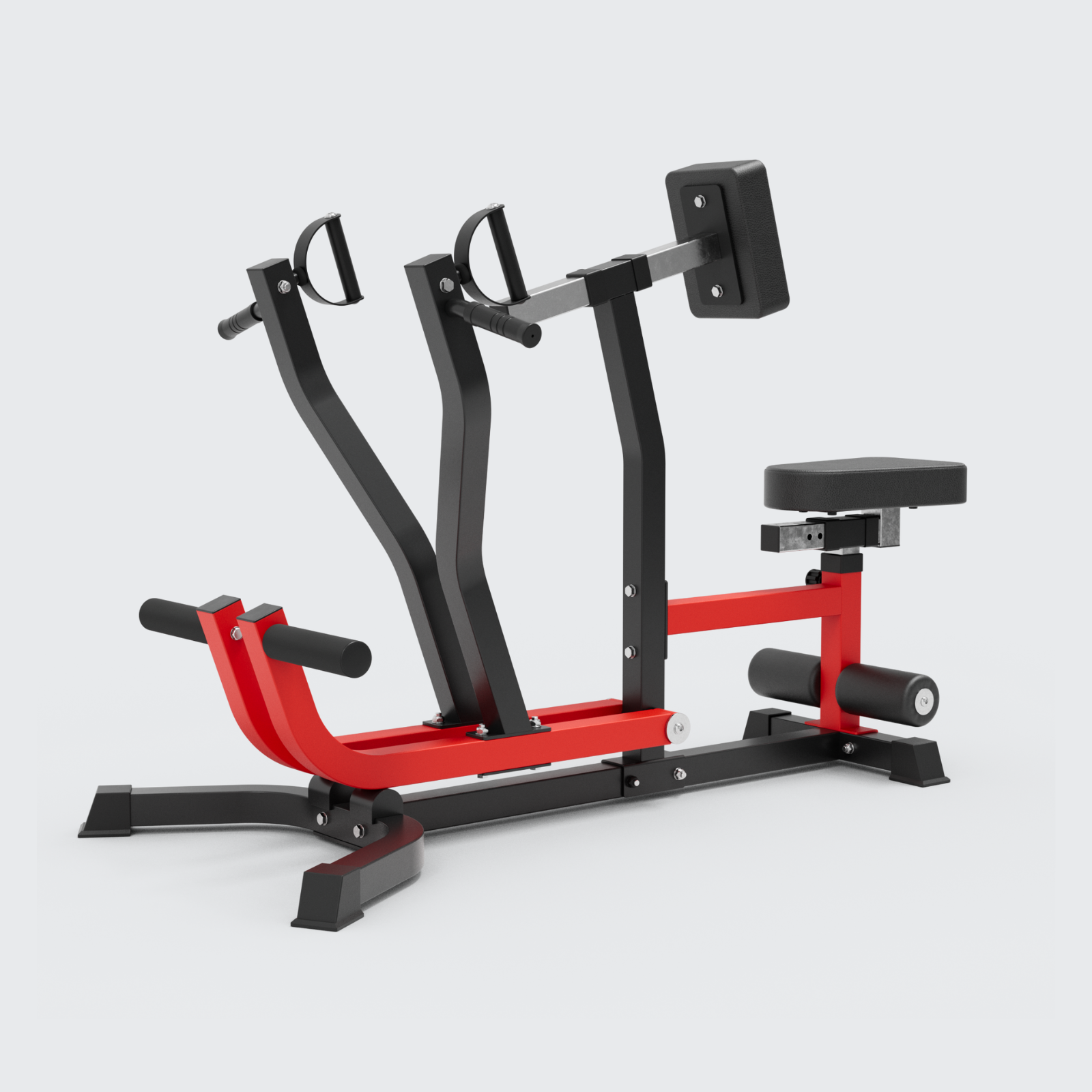
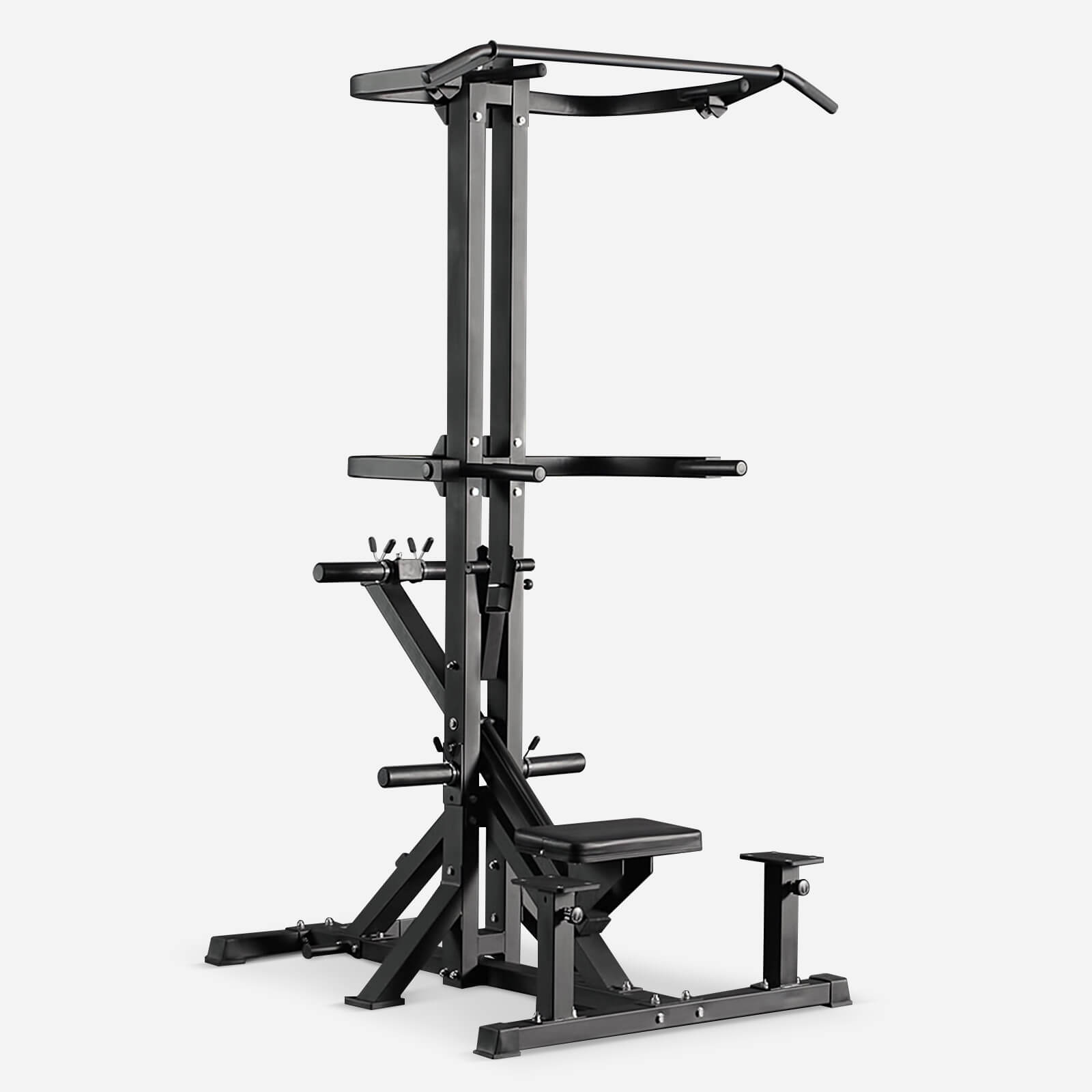

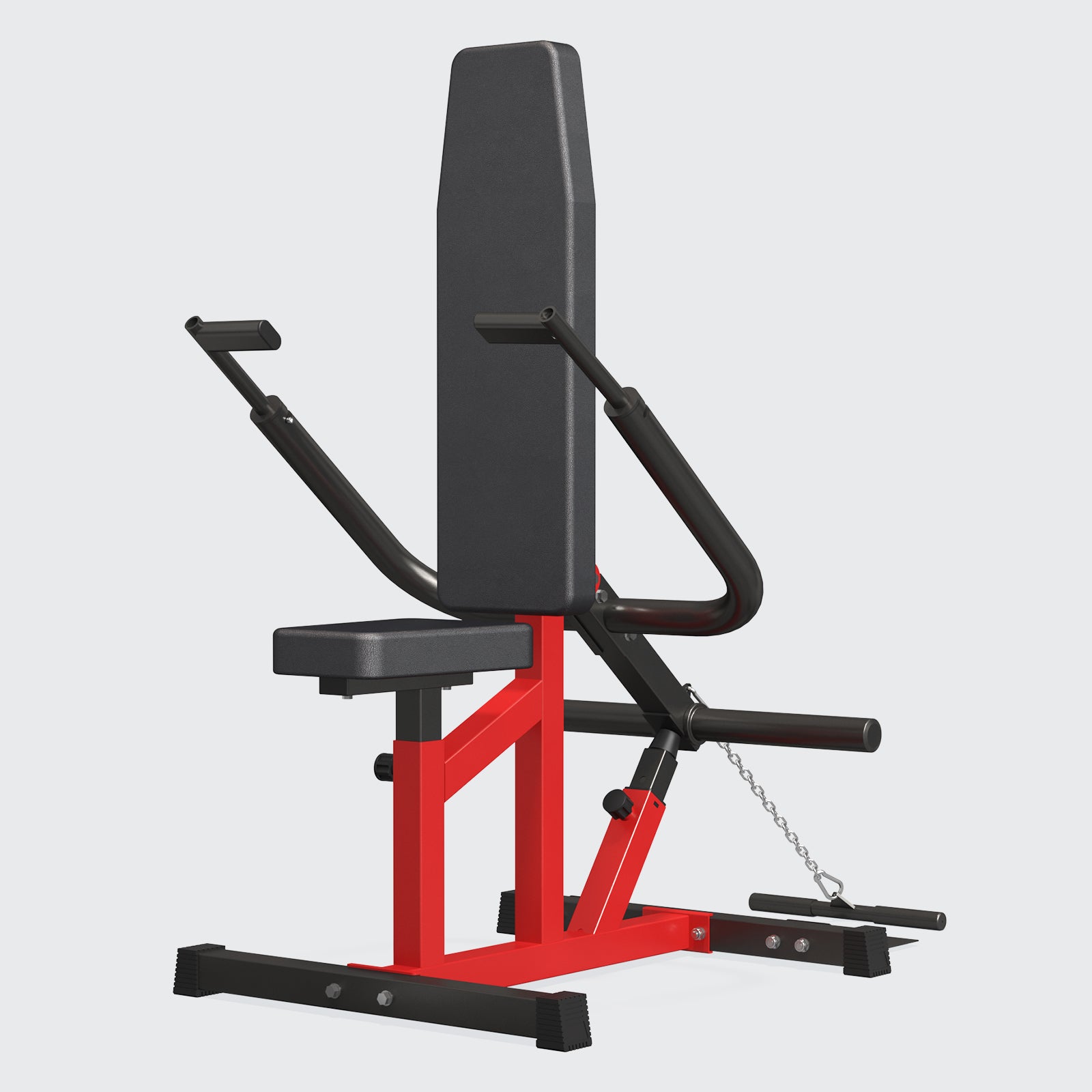
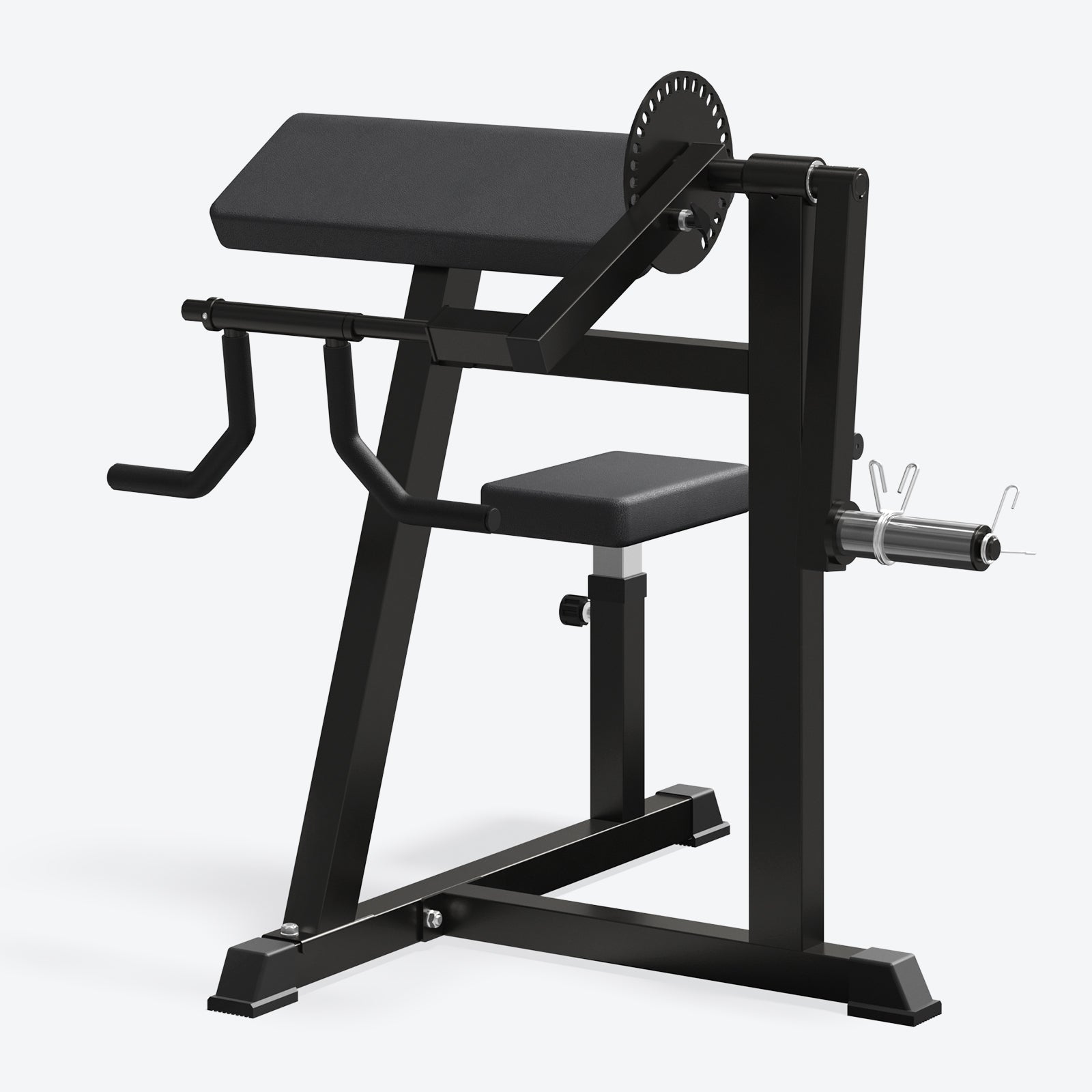
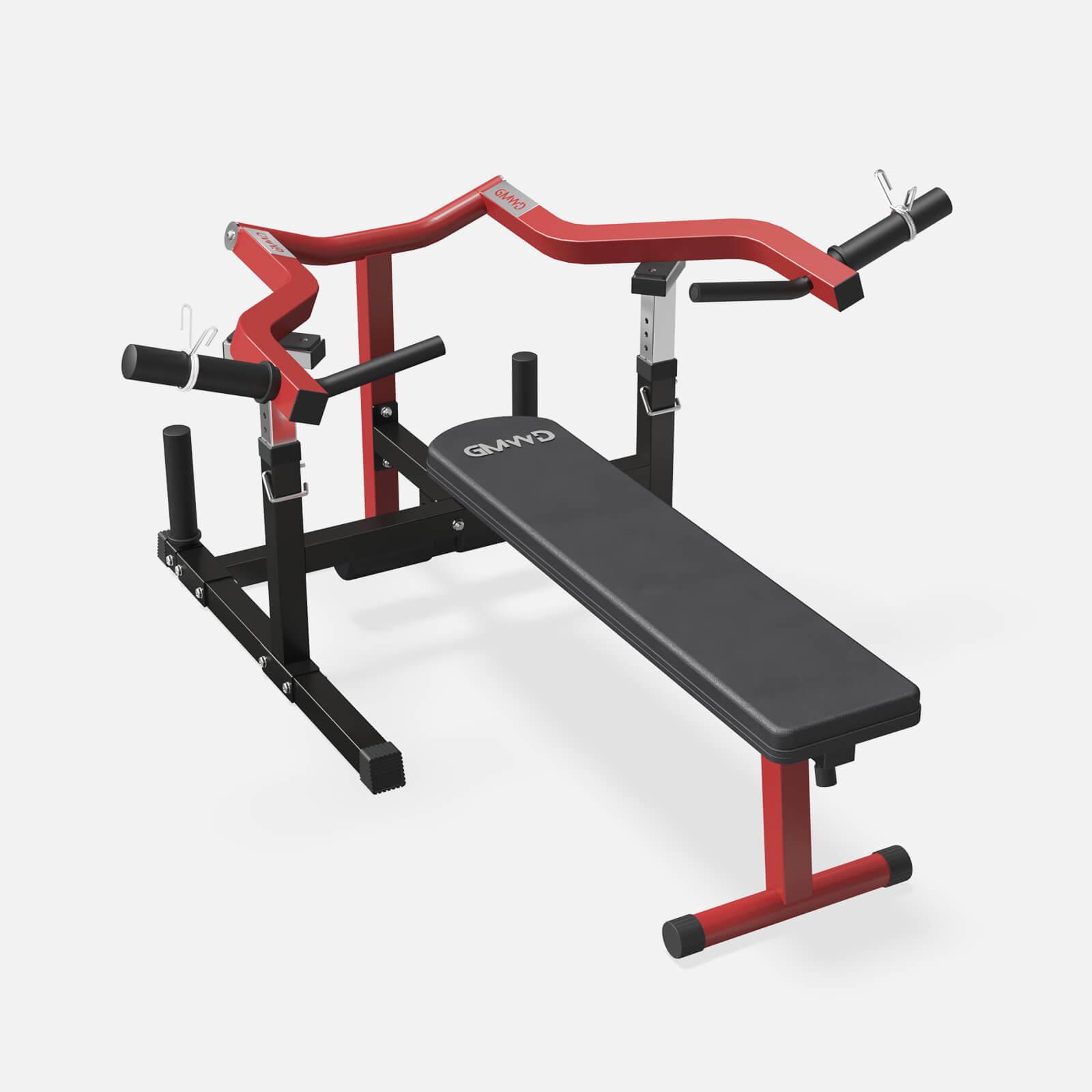
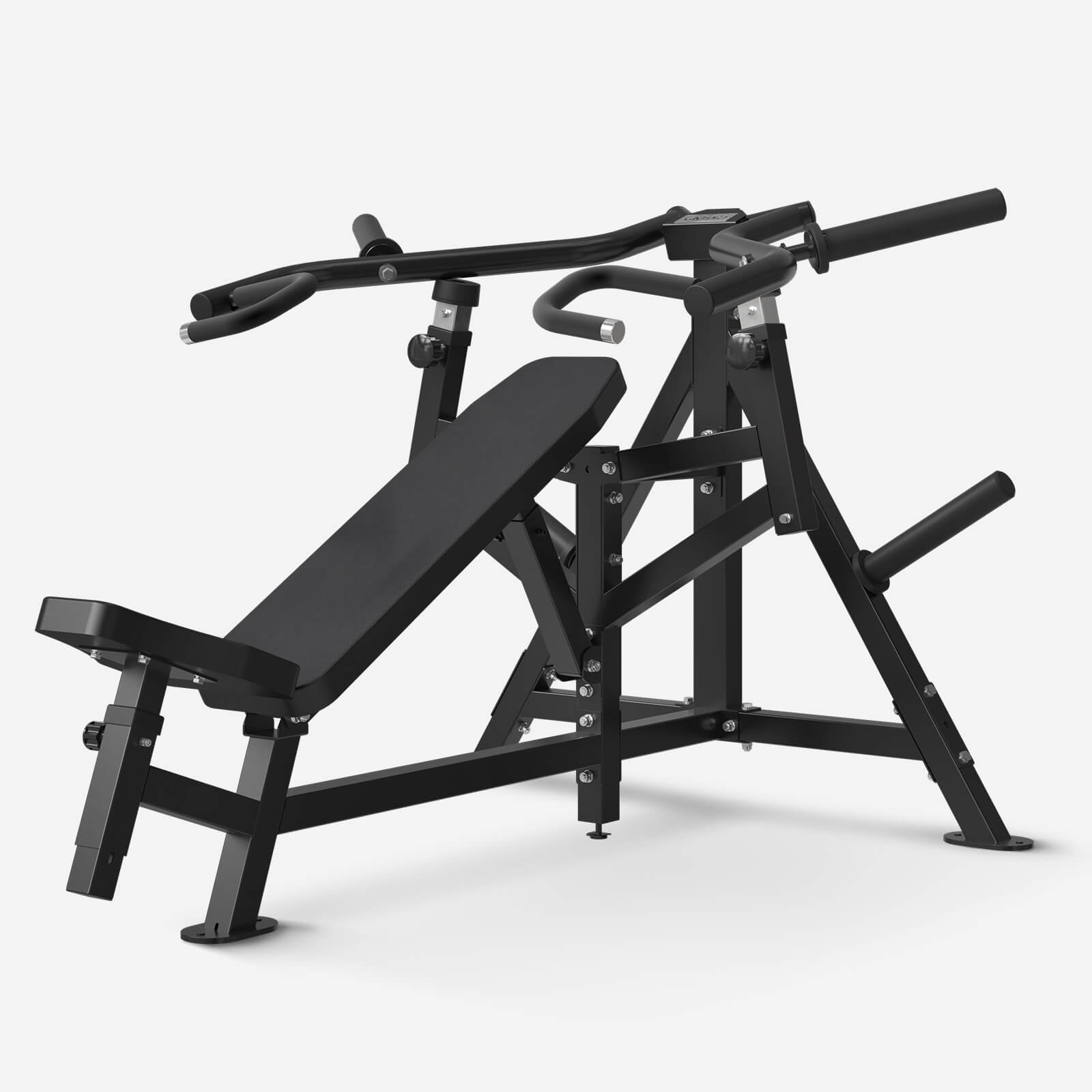
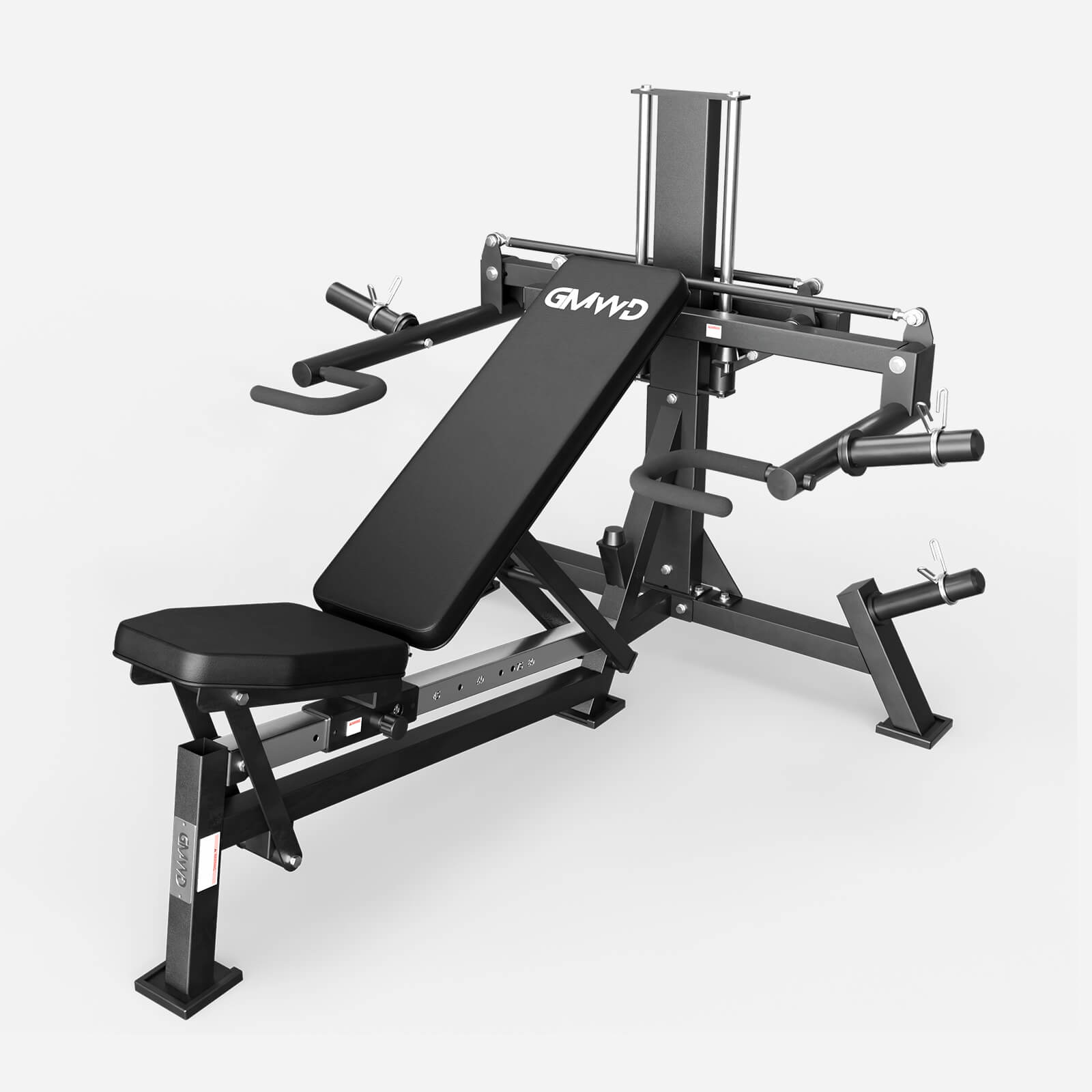
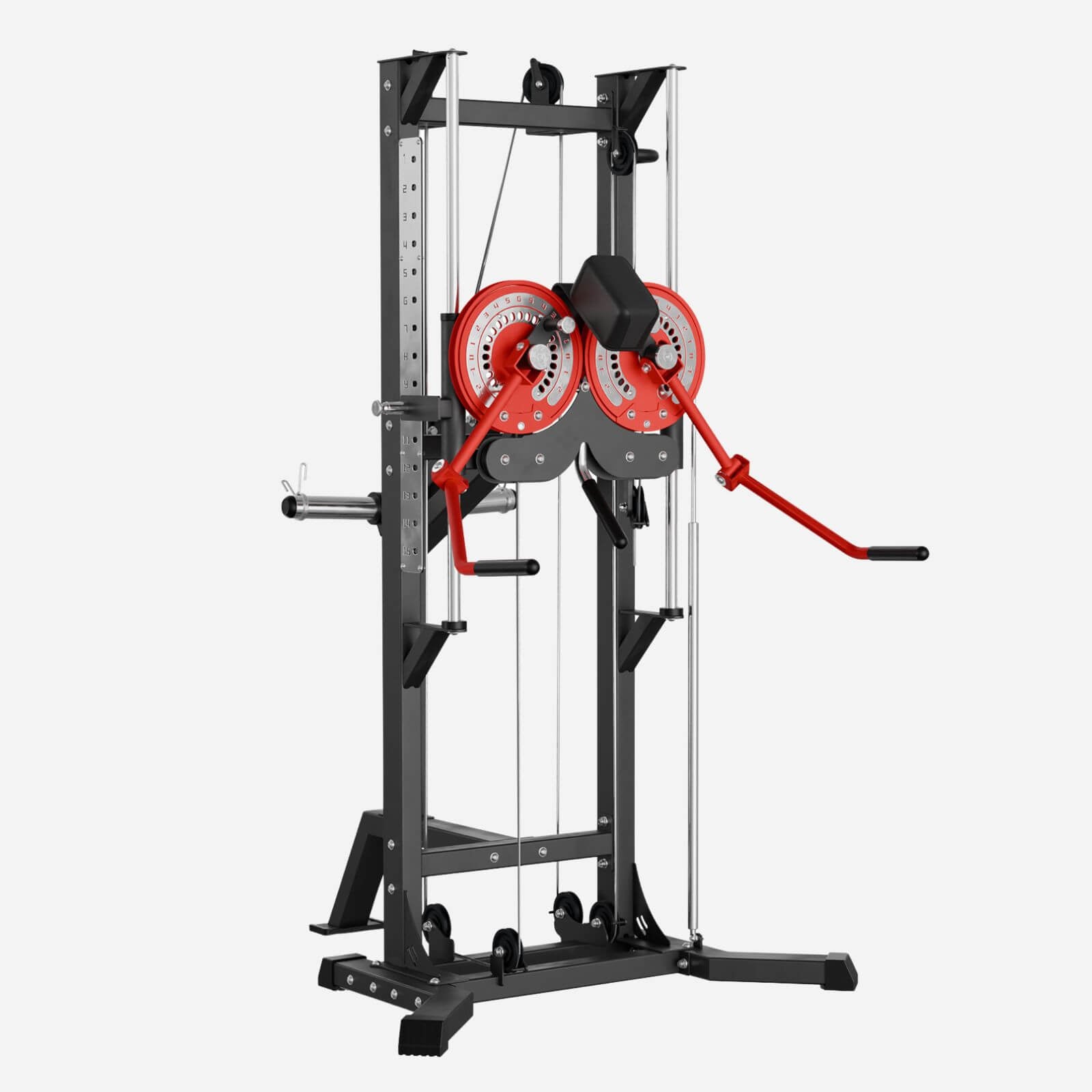
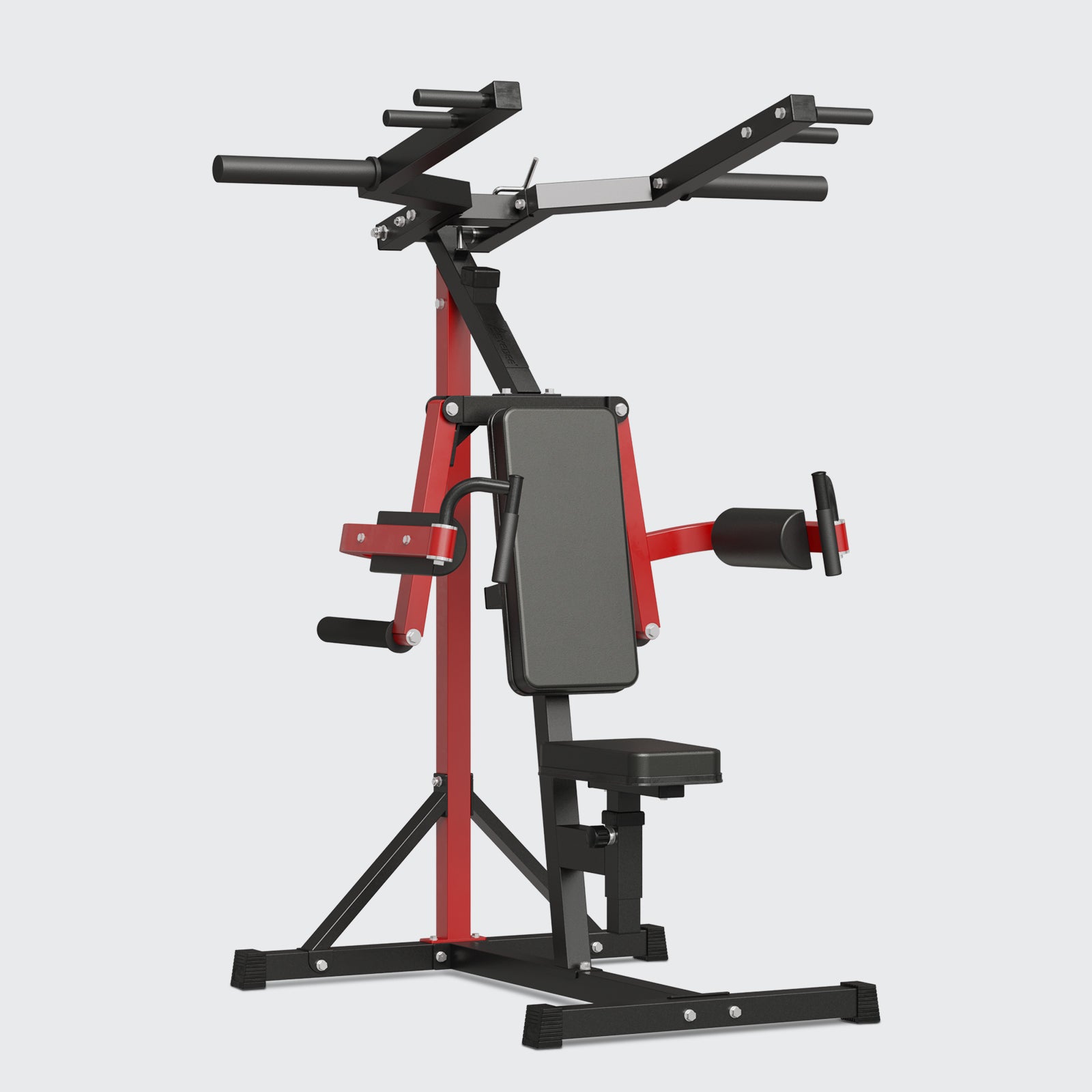
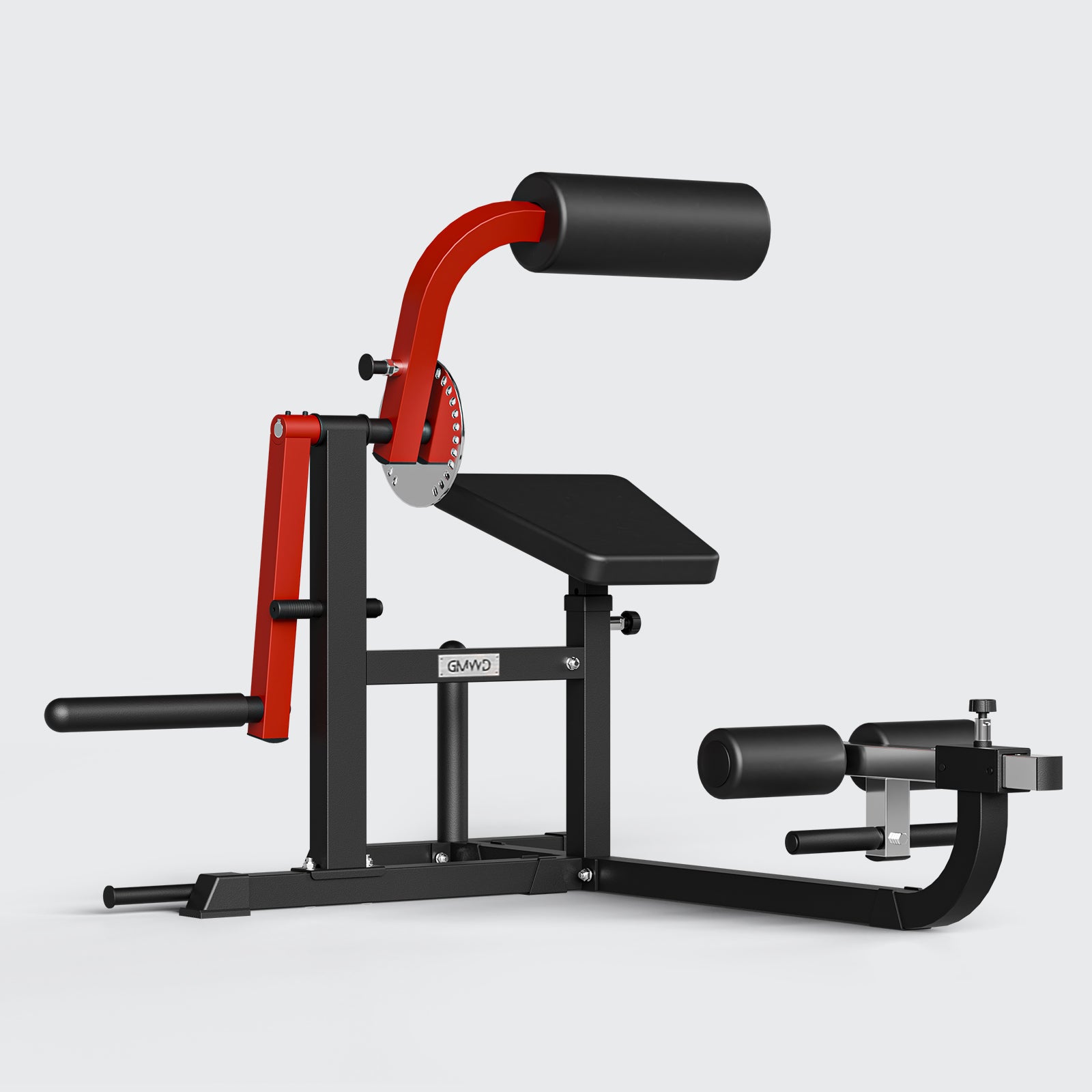
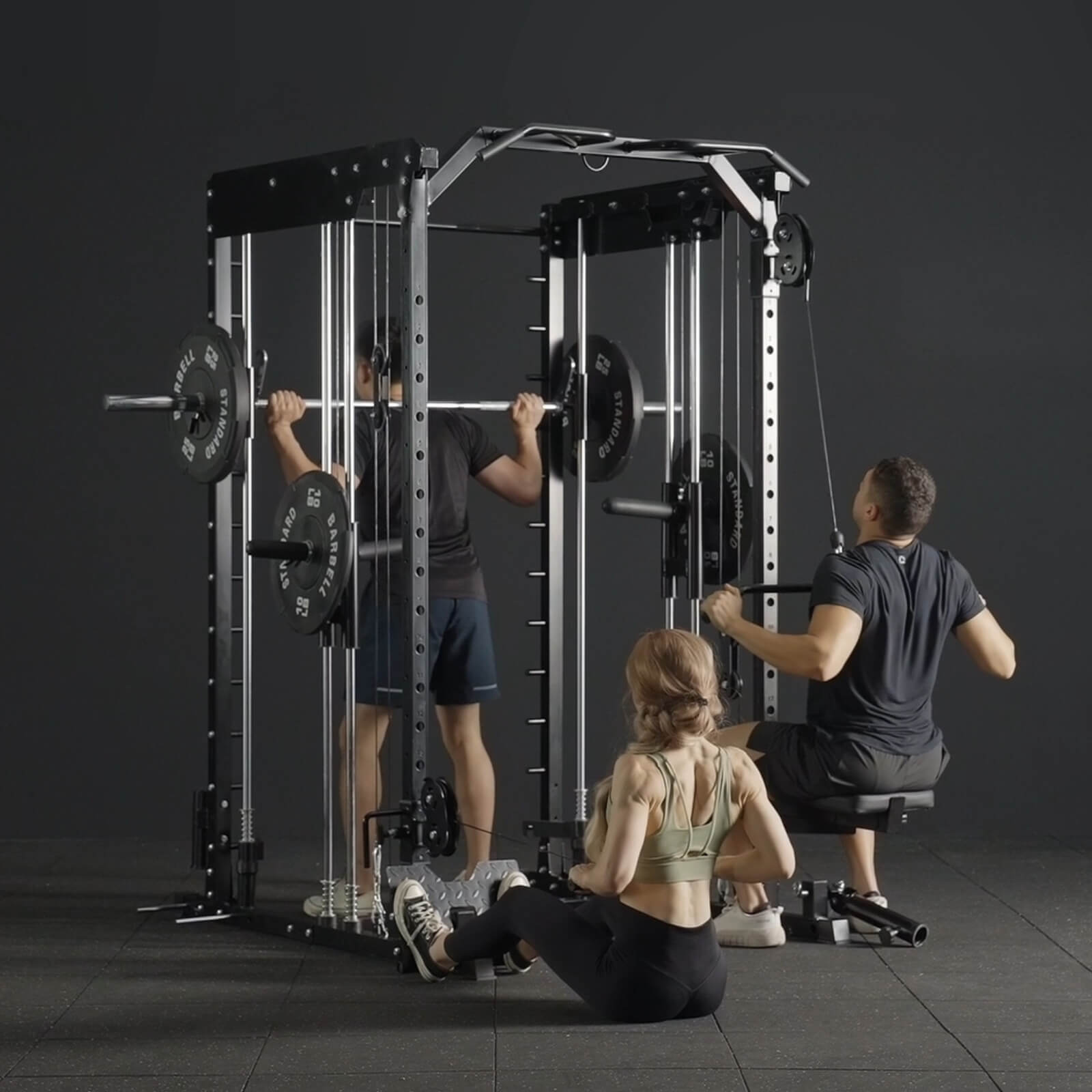
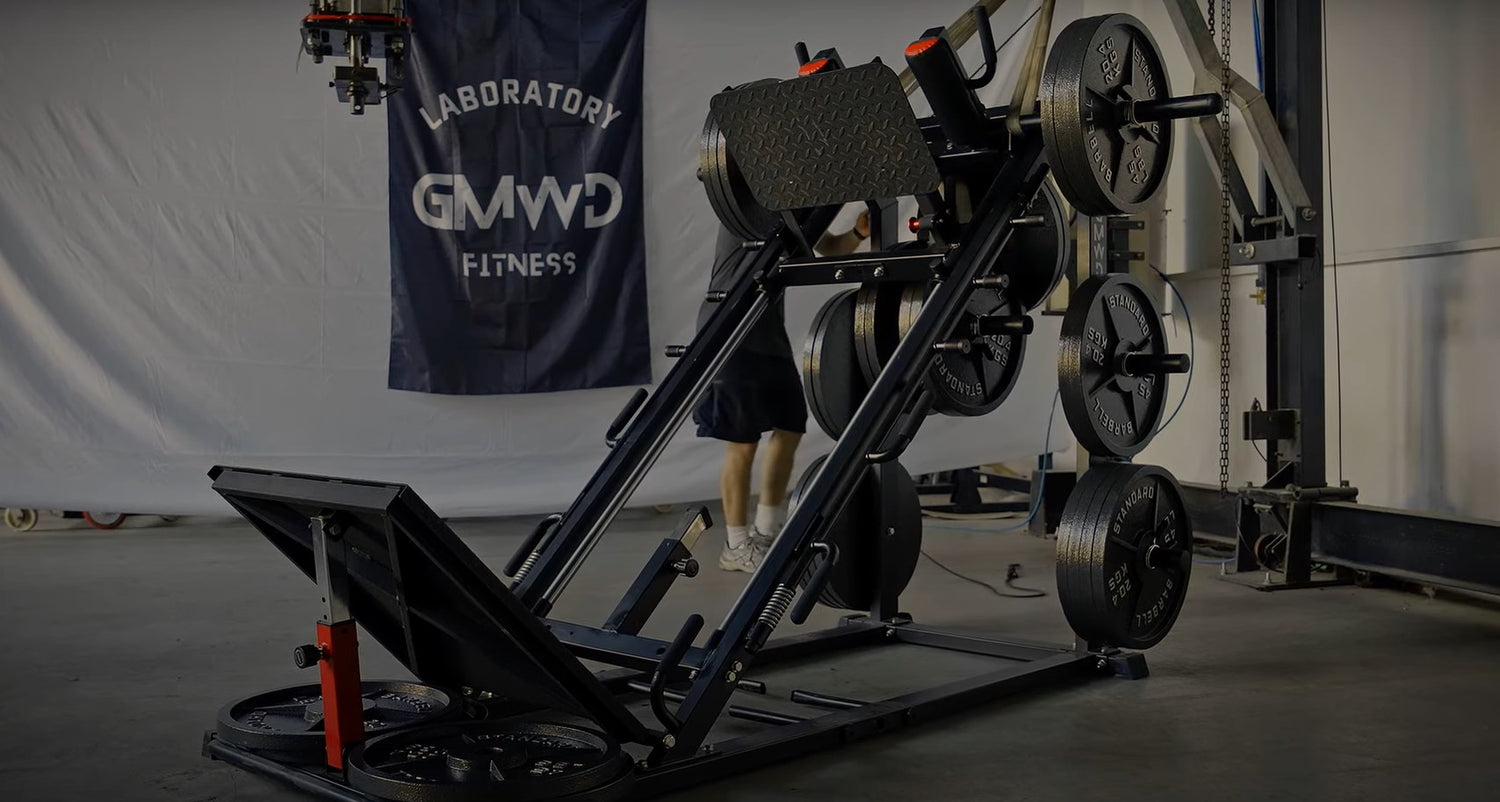
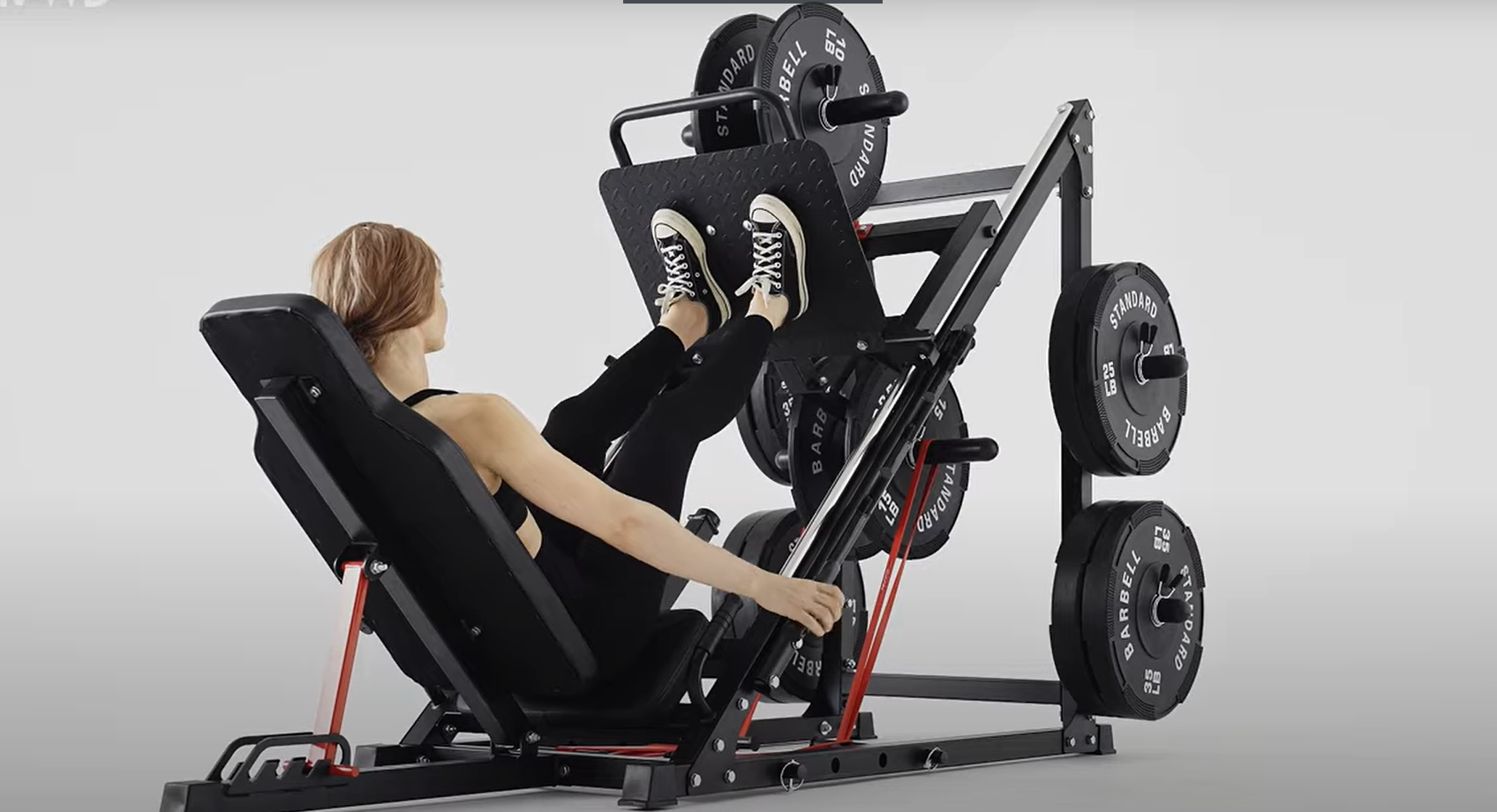
Leave a comment
All comments are moderated before being published.
This site is protected by hCaptcha and the hCaptcha Privacy Policy and Terms of Service apply.